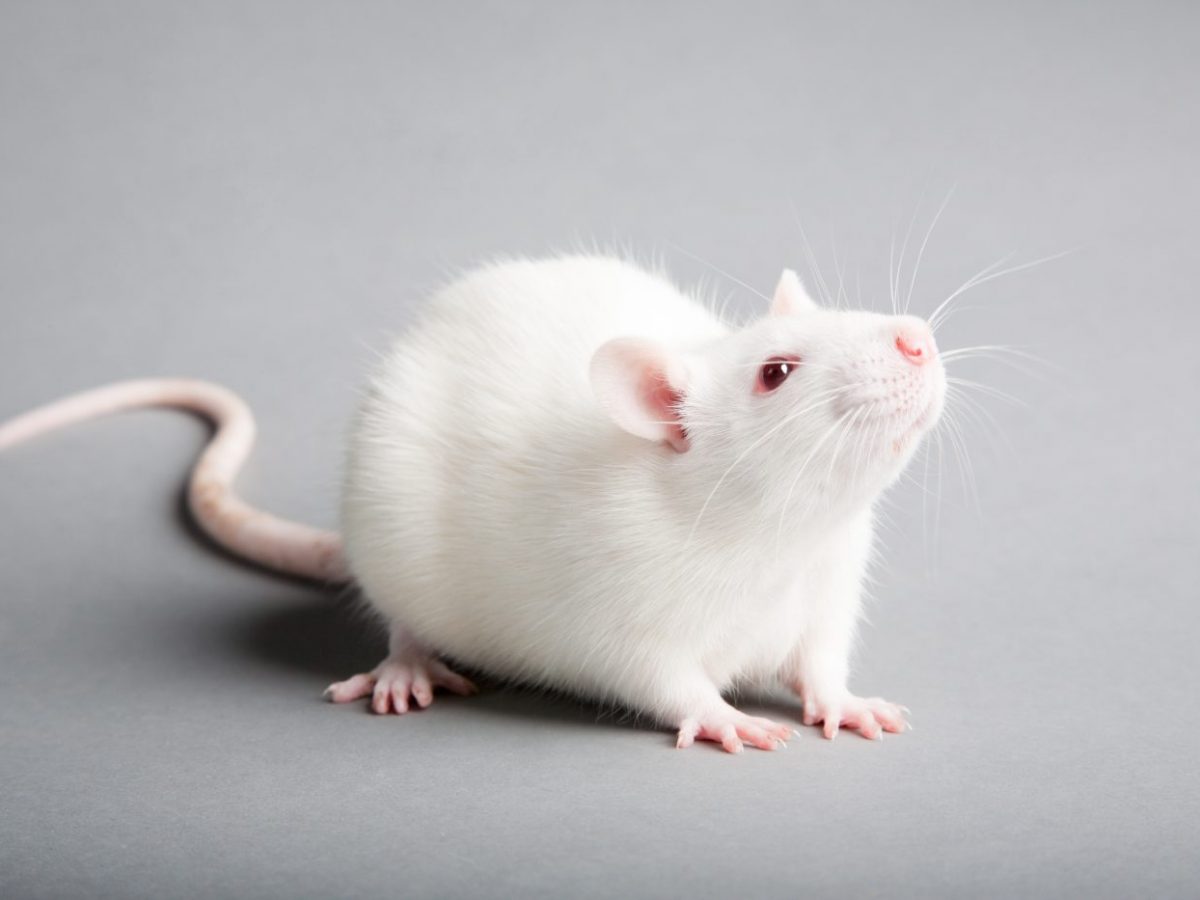Changes to Nerve-Muscle Junction Tied to Degeneration in CMT2D Mice
Written by |

Structural changes to neuromuscular junctions — the sites where nerve and muscle cells communicate — were associated with degeneration in a mouse model of Charcot-Marie-Tooth disease type 2 subtype D (CMT2D), a study finds.
Its investigators suggest that the findings help elucidate the pathways involved in CMT2D development and progression. “These results point the way forward for an improved understanding of the molecular mechanisms driving differences in … vulnerability to neuropathy,” they wrote.
The study, “Developmental demands contribute to early neuromuscular degeneration in CMT2D mice,” was published in the journal Cell Death and Disease.
CMT2D, an inherited disorder caused by mutations in the GARS1 gene, disrupts the development and function of the nerve projections that stimulate muscles at neuromuscular junctions (NMJ), resulting in muscle weakness and wasting, predominately in the upper limbs.
In previous research in the CMT2D mouse model, the University College London research team showed the neuromuscular junction to be a site of early abnormalities that precede progressive degeneration. Importantly, defects in NMJ development and subsequent degeneration in CMT2D mice mirror a pattern of muscle weakness observed in CMT2D patients.
These researchers now analyzed NMJ development and degeneration in multiple muscle types in an CMT2D mouse model to identify factors that contribute to the distinctive degeneration pattern.
In grip strength tests, the mice showed persistent limb weakness that was greater in the hind limbs. Moreover, hind limb muscles showed pronounced and progressive nerve loss at one month, which worsened by three months. No comparable nerve loss was observed in forelimb muscles.
In normal mouse development, muscle fibers have multiple connection to neurons, called synapses. These are gradually replaced over the first two weeks after birth until a single neuron is connected to each muscle fiber.
Simultaneously, the acetylcholine receptors (AChR) required for muscles to receive signals from nerves migrate to their appropriate locations on the NMJ. In CMT2D, this highly organized maturation process is disrupted.
Researchers found that CMT2D hind limb muscle fibers, but not forelimb, had multiple synapses at one and three months after birth. However, the defective CMT2D muscles did not resemble healthy mouse muscles early in development, suggesting that the process of synapse elimination is not merely delayed in CMT2D mice, and other muscle-specific factors may contribute to the defect.
Interestingly, AChRs fail to migrate properly in both forelimb and hind limb muscles, although to a much greater extent in the back limbs. These results indicate that while developmental defects in muscle-stimulating nerves are linked to subsequent degeneration, defects in muscle AChRs may contribute to degeneration independently from nerve loss.
Study findings also revealed that specific postnatal morphological changes to NMJ structure in CMT2D mice — such as a higher number and length of nerve branches, a greater area of contact, and higher areas of AChR — were correlated to later nerve loss and muscle weakness. In fact, NMJs that underwent a higher degree of postnatal structural change were more vulnerable to degeneration in CMT2D mice.
“We have identified a spectrum of vulnerability to neurodegeneration,” the researchers wrote.
“Through correlation analyses with muscle fibre type, NMJ architecture, and post-natal synaptic growth, we identified that the magnitude of developmental demand likely contributes to neuromuscular synapse loss,” they added.




